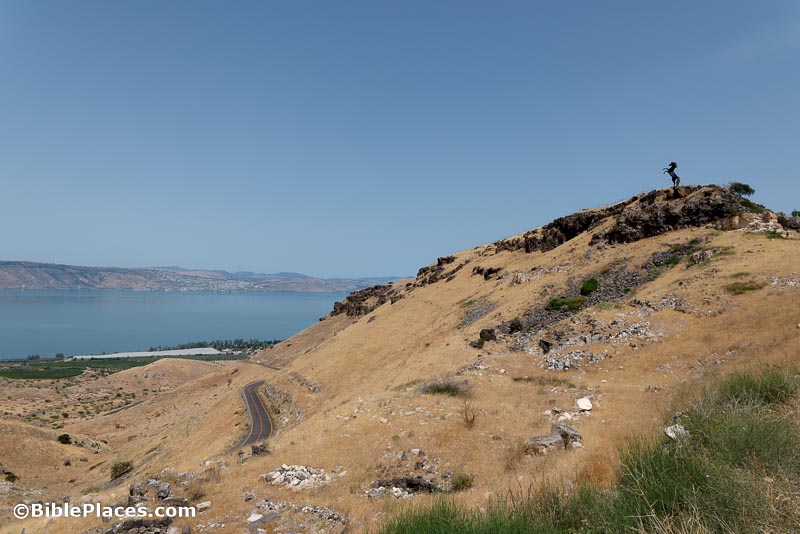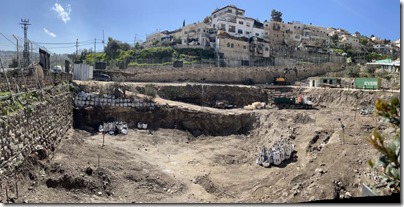Nearly 20 years after a portion of the Pool of Siloam was discovered, the Israel Antiquities Authority has announced that the entirety of the pool will be exposed and opened to the public. The excavation follows the Supreme Court’s decision last year to not challenge a Jewish organization’s purchase of the land’s lease from the Greek Orthodox Church. Predictably, the Greek Orthodox Church is crying foul. The left-wing Emek Shaveh is unhappy. There is a nice artistic rendering of what the pool may look like here. A CBN video (with a passing appearance of Doug Bookman) shows a tractor clearing the area that has long been a garden.
The Jerusalem Post provides a good summary of the excavations of the Roman road from the Pool of Siloam to the Temple Mount, with the notice that 300 feet are yet to be excavated before the entire route can be opened to the public.
“Jewish visits to the Temple Mount hit a modern record in 2022, with 51,483 going up to the holy site last year.”
Creating more tourist attractions in the City of David will only exacerbate the horrendous traffic problems to the area, writes Gil Zohar.
The Protestant Cemetery on Mount Zion was vandalized by a couple of thugs, damaging several grave markers including that of Bishop Gobat. Ynet has many photos of the damage as well as a video of the criminals in action.
“Russian President Vladimir Putin wants state ownership of the Maria Magdalena Monastery, the Ascension Monastery, and the Viri Galilaei Church (People of the Galilee) all situated on the Mount of Olives in Jerusalem.”
Meir Panim has posted a one-hour virtual tour of Yad VaShem, Israel’s national holocaust memorial.
A spindle whorl with an intricate design is the 120,000 registered object in the Temple Mount Sifting Project.
A 6th-century Byzantine church with beautiful mosaics was uncovered in Jericho.
“A 9,000-year-old human skull discovered near the West Bank city of Jericho has a new face, thanks to technology and a multi-national research team.”
“A coin from the Bar Kochba revolt was found recently during an archaeological dig in Murabba’at caves in the Nahal Darga Reserve in the Judean Desert.”
“An ancient fire pit, beside which lay eight ostrich eggs dating back over 4,000 years, was discovered in the Nitzana sand dunes in the Negev region.”
A virtual reality tour of Tel Dan, led by the voice of excavator Avraham Biran, is now available at UCSD’s Qualcomm Institute.
Moshe Gilad writes about his visit to the monasteries and ancient remains of Latrun (subscription).
The conference schedule is now posted for “Conrad Schick and His World,” hosted by the Albright Institute in Jerusalem on February 6-7. Registration closes on February 1 or when full, whichever comes first.
HT: Agade, Joseph Lauer, Arne Halbakken, Gordon Dickson, Ted Weis, Wayne Stiles, Mondo Gonzales, Alexander Schick, Charles Savelle, Keith Keyser, Explorator

